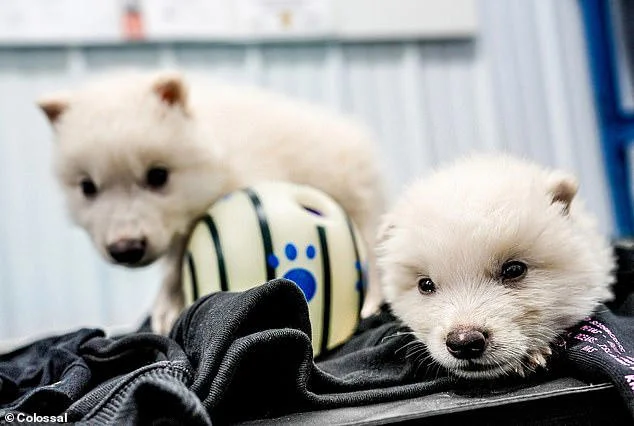
Awakening Giants: Which Extinct Animals Should Never Return—and Which Might Soon Walk Among Us
De-extinction—the quest to bring vanished species back to life—is no longer the domain of science fiction. This week, Texas-based Colossal Biosciences announced it has engineered dire wolf embryos, igniting debates about the promise and peril of reviving animals gone for millennia. As the world contemplates a real-life 'Jurassic Park,' a pressing question emerges: just because we can bring back certain creatures, should we?
Not all extinct animals are ideal candidates for resurrection. Some, like the dire wolf or even the beloved dodo, spark nostalgia and curiosity. But others, whose reigns on Earth were marked by terror and size beyond comprehension, might be better left to the annals of natural history.
Consider Deinosuchus, the "super croc" that prowled prehistoric North America. Attaining lengths rivaling a school bus and wielding six-inch teeth, these predators could ambush even a Tyrannosaurus rex. Their fossilized bite marks send a chilling warning about the power of apex predators lost to time.

Then there’s Meganeura, a dragonfly-like insect boasting a 2.5-foot wingspan—more fitting for a horror film than a backyard garden. Both fearsome and fascinating, Meganeura was a carnivore that feasted on smaller insects and animals during the Carboniferous period.

Among the most daunting prospects is Titanoboa—the largest snake ever known, stretching up to 50 feet long and weighing over a ton. This ancient serpent would have dwarfed any modern reptile and challenged even Hollywood’s wildest imaginations.

"Terror birds"—flightless, carnivorous giants of the Phorusrhacidae family—could reach ten feet tall and run up to 30 mph. Their hook-tipped beaks and aggressive nature made them apex land predators, and their stories haunt fossil records across the Americas.

Helicoprion, a shark-like prehistoric fish, sported a truly bizarre "saw-toothed" lower jaw equipped with spiraling serrated teeth more akin to a power tool than a predator.

While Colossal Biosciences and other research teams race to engineer woolly mammoths, dodos, thylacines, and even passenger pigeons back into existence, the scientific community remains divided. As Professor Vincent Lynch notes, current technology cannot truly replicate extinct species—only approximate them. Still, the thrill and anxiety of resurrection hang in the air.
Should we channel our efforts toward reviving species wrongly eradicated, or heed the lessons these vanished titans left in their bones? Should science be guided by caution or curiosity? We'd love to hear your perspective on de-extinction, scientific ethics, and animal wonders. Share your thoughts in the comments below, and let us know: which animal would (or wouldn’t) you bring back?